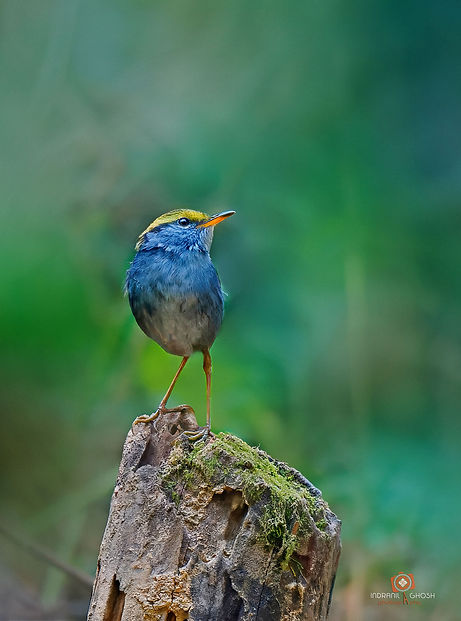Birds

Wader Birds
Wader birds, also known as shorebirds or wading birds, are a group of bird species that are commonly found along shorelines, mudflats, and shallow waters. They are characterized by their long legs, long necks, and generally slender bodies, which are adapted for foraging in aquatic environments.
Himalayan Birds
Himalayan birds refer to bird species that inhabit the Himalayan region, a vast mountain range spanning across several countries in South Asia, including India, Nepal, Bhutan, Tibet, and Pakistan. The Himalayas are home to a diverse range of bird species adapted to the unique environmental conditions of this mountainous region.


Migratory Birds
Migratory birds are species that regularly move between breeding and non-breeding regions, often covering vast distances, to take advantage of seasonal variations in climate, food availability, and nesting opportunities. These birds undertake regular, cyclical journeys known as migrations, displaying a remarkable navigational ability to reach their destination and back.

Nocturnal Birds
Nocturnal birds are species that are primarily active during the night. These birds have adapted special features, such as enhanced low-light vision and acute hearing, to navigate and hunt in low-light conditions. Examples of nocturnal birds include owls, nightjars, and some species of night herons.
Grassland, Shrubland & Forest birds
Grassland Birds:
Grassland birds are species that inhabit open grassy areas characterized by a dominance of grasses rather than trees or shrubs. These birds are adapted to the unique conditions of grassland ecosystems, where they may forage for seeds and insects on the ground or in the grass canopy. Examples include meadowlarks, sparrows, and bobolinks.
Shrubland Birds:
Shrubland birds are species associated with areas dominated by shrubs and bushes. Shrublands, also known as scrub or chaparral, provide a mix of open spaces and dense vegetation, creating diverse habitats. Shrubland birds may use the shrubs for nesting, cover, and foraging. Examples include various warblers, thrashers, and towhees.
Forest Birds:
Forest birds are species that primarily inhabit wooded areas, where trees are a dominant feature of the landscape. Forests provide a range of niches, from the forest floor to the canopy, allowing for diverse bird species. Forest birds may include woodpeckers, thrushes, and various species of warblers, adapted to different layers of the forest environment.


